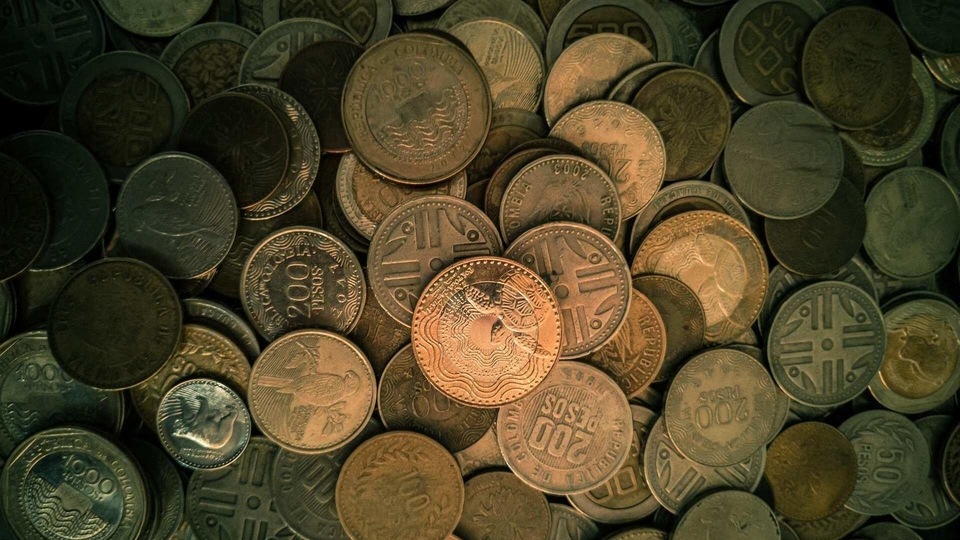Neo-Banks: The next wave contributing to India’s cashless economy
In the Indian context over the past few years, there has been a lot of buzz around Fintech, Neo-Banks, open banking, API Banking et and it suffices to say that we are at an inflection point.

For the longest period of time in human history, it was believed that Earth was the center of the universe until a scientist named Copernicus challenged the priori notion to set in motion the theory that offered an alternate world view and changed the way we understood the universe.
You may ask what's the relevance of this to banking?
Well, a renowned VC from the ‘Valley', compares this to the older beliefs in banking, like banks wanting to own all customers, serve all categories, manufacture all products etc, are more likely to be destroyed in the near future much like how Copernicus destroyed a 1,500-year-old belief.
In the Indian context over the past few years, there has been a lot of buzz around Fintech, Neo-Banks, open banking, API Banking et all and it suffices to say that we are at an inflection point with the confluence of robust regulatory framework aided by a sustained creation of digital infrastructure as a public good and a nascent, yet thriving, entrepreneurial ecosystem makes it a great pedestal for an exciting phase of growth over the next decade.
Where does this leave the banks and other regulated entities, will they be disrupted or will they reinvent themselves to be the disruptor or due to the regulatory moat, will banks become the new arms dealers?
While there is no textbook definition of Neo Banks, they have morphed into different avatars in different parts of the world. In most parts of Europe where the payments experience is broken, Neo Banks or Challenger banks took a licensing route to offer financial services products aimed at serving customers with mobile as the branch, teller and customer service desk. So most aspects that one would otherwise do from a bank branch, could be serviced from the phone.
While the Neo Banks in Europe have had a great run in the past few years, they are yet to become profitable and have recently started serving other products like insurance, investments etc meaningfully.
In the US though, the license is far and few in-between. The national charter for a country-wide banking license is very limited, thereby, many Neo Banks have collaborated with incumbent small banks by renting out their license and have been able to roll out innovative banking products similar to their European counterparts.
Similarly, Neo Banks in Brazil have scaled to over several million customers before taking a license from the regulator. In most of the western markets described above, the fundamental problem solving of Neo Banks centered on taking a mobile-first approach and making payments more efficient.
In the Indian context, as an ecosystem, we have done very well on payments in general in urban centers. Access to mobile data and the larger push from the government around DBT and JAM trinity augurs well for the adoption of banking services at all levels and beyond the urban locations. Coupled with this, the regulators have been measured in awarding new bank licenses.
So, where does this leave Neo Banks in India?
It is clear that Neo Banks in India will have to work with incumbent banks. It is also clear that as an ecosystem we have made extremely good progress with payments and many of the incumbent banks in India offer products that are best in class and are catching up with some of the most innovative products offered worldwide. Hence, Neo Banks will have razor-focus in identifying and solving issues for very niche customer segments like -
Students/millennials:
Here, the concept is to build the whole product around experiences, offers and something the young adult segment will relate to. Also to inculcate saving habits and provide sachet investment products.
Blue-collar Neo Banks:
These Neo Banks will aim to solve financial service access for people in a segment that is typically not eligible for loans, create financial literacy tools that are served on mobile as video content and in local languages so that barriers to seeking advice get blown away.
SME Neo Banks:
These will aim to serve the burgeoning SME segment with banking products aimed at making it easy for them to manage their business and help get access to finance, insurance and investment products.
And there can be a farmer Neo Bank, fisheries Neo Bank, trucker Neo Bank, etc - each of which will identify customer cohorts and build products that address the challenges faced by them and offer financial products that will make their better.
Given the fact that there is heightened activity around new companies in other financial services industries like insurance that are building out sachet products aimed at better serving these customer cohorts, we are entering a golden period in broader financial services access. Much like how humankind eventually reckoned that the sun as the center of the universe, rightfully, we will have customers at the center of banking - we are super excited about the ensuing decade and Neo Banks are here to stay.
This article is written by Madhusudanan R, Co-Founder, YAP.
Catch all the Latest Tech News, Mobile News, Laptop News, Gaming news, Wearables News , How To News, also keep up with us on Whatsapp channel,Twitter, Facebook, Google News, and Instagram. For our latest videos, subscribe to our YouTube channel.































